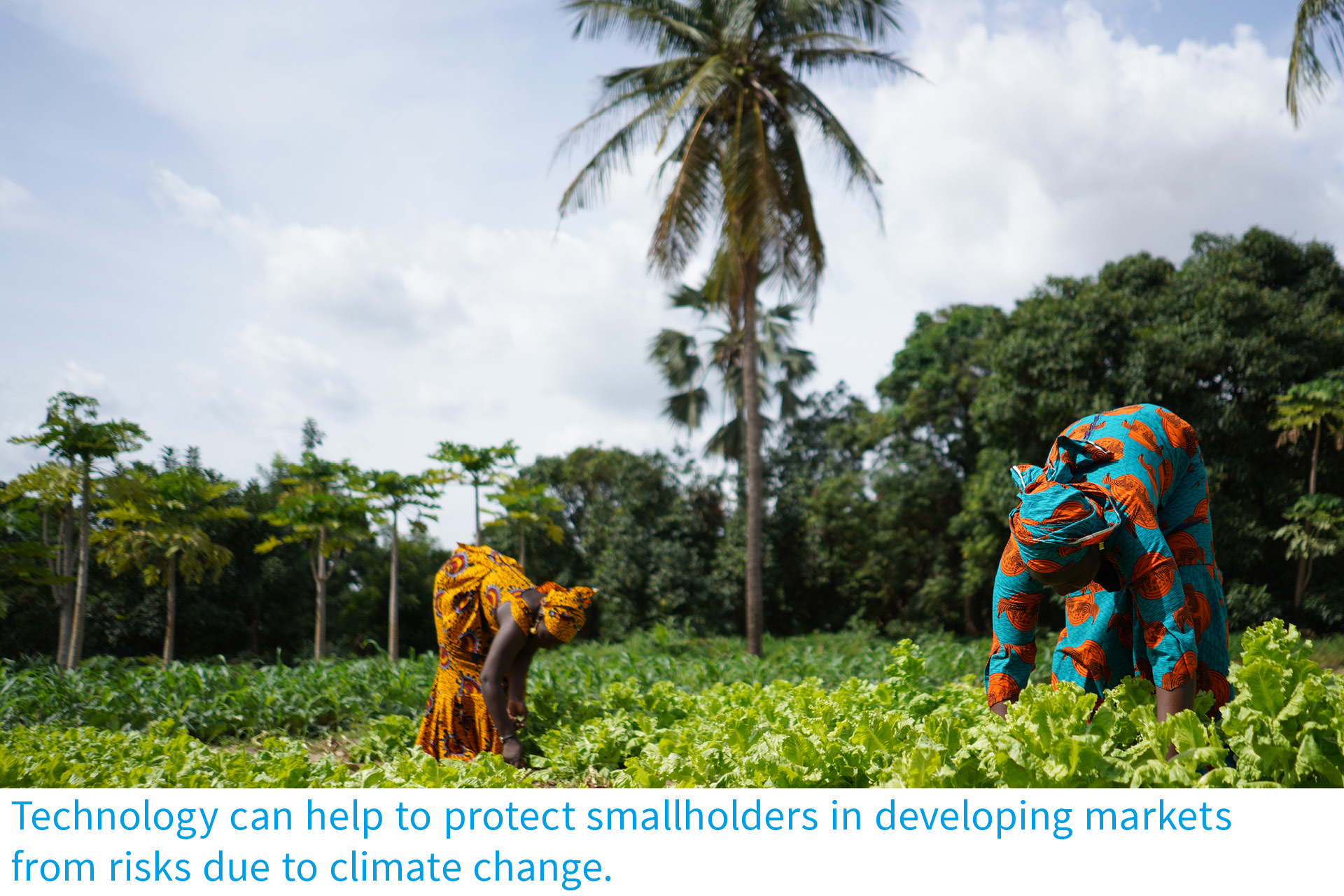“We need a broader and more responsible role for insurance as a social and economic moderniser.”
Silke Sehm, Member of the Executive Board at Hannover Re, looks at the social and economic contribution of insurtech and how risks and priorities are changing for insurers.
We’ve heard plenty about the ‘new normal’ and the need to ‘build back better’ after Covid-19. What does this mean for insurers and the role of technology?
Covid-19 has been a shock to all societies, industries and sectors. At the same time, because it’s hastened digitalisation and forced us to think carefully about emerging risks, we’re now more aware of social and economic issues and the positive contribution that digitally-enabled insurance can make in our everyday lives.
The pandemic underlined what we already knew: that the insurance industry must digitalise and become more customer-centric and responsive to social and economic change. Insurers must use technology to strengthen their role as a force for good and increase protection for the communities they serve, especially those who are most at risk.
How can insurance contribute to the ‘social contract’?
We need a broader and more responsible role for insurance as a social and economic moderniser. Even without the impact of Covid-19, insurers have been focusing on ways to create a safer and more inclusive world. And now, as we rebuild and face new challenges, the concept of the social contract – and the contribution of insurance – has never been more important.
The social contract is an implicit agreement that people should cooperate to ensure certain levels of protection and collective welfare. The concept was popularised by philosophers such as John Locke and Jean-Jacques Rousseau, and it describes the role of governments and the obligations of citizens. To modernise the social contract, we must recognise that the world is facing new social and economic challenges. Insurance can help to manage risks and fill protection gaps.
Covid-19 highlighted global vulnerabilities and exposed protection gaps that jeopardise livelihoods and health. Insurers must address these weaknesses and build resilience by collaborating with insurtechs. They must promote positive change and safeguard all generations and communities. Digital technology, richer data, and wider industry collaborations will all help to bridge protection gaps and strengthen the social contract.
What are some of the key risks that insurers can mitigate with technology?
All of the big risks that we must tackle today can be mitigated with digitally-enabled insurance and technology partnerships. Climate change, natural disasters, poverty, healthcare, ageing populations, sustainability, and now pandemics – all have insurance implications.
Insurtech builds bridges to industry verticals such as healthcare, unlocking information from silos and enabling it to flow freely. It creates transparency and insights that can reduce risks and increase protection. Crucially, this includes extending insurance to sections of society that were previously underinsured or excluded from cover.
“Better data and more rigorous monitoring of risks can modify behaviours that may previously have led to claims.”
How important is prevention as an insurance goal?
Prevention, rather than remediation, is a major benefit of digitalisation. Better data and more rigorous monitoring of risks enables insurers to be proactive instead of reactive. It can mean the earlier identification and containment of risks and can modify behaviours that may previously have led to claims.
Artificial intelligence, machine learning, big data and other technology trends all play a part in preventive insurance, and there are many use cases across all business lines. With the widespread use of smart devices and sensors, and now the arrival of 5G, the world is becoming increasingly connected and data-rich. This means insurance can be more customer-centric and precise.

How is technology being used across different business lines?
Technology can and is bringing major improvements to patient care, the protection of ageing populations and the welfare of people who previously lacked insurance and were marginalised.
Examples include connected healthcare devices for remote monitoring, allowing insurers to obtain real-time critical data for risk prediction and prevention, and microinsurance solutions that protect millions of low-income families who were previously deemed uninsurable. When insurers partner with innovative technology providers, they can narrow health protection gaps and help to create a more inclusive society.
When it comes to property and casualty, the application of connected technology, sensors, artificial intelligence and machine learning help to reduce risks and increase protection. For instance, sensors can provide alerts if there is a heightened risk of fire, floods or other disasters.

Can you provide some examples of projects involving Hannover Re where technology has played a key role?
Hannover Re is part of the Lemonade Crypto Climate Coalition, a project that uses blockchain to help protect farmers in Africa from climate change. Protecting smallholders from climate events isn’t easy with traditional insurance tools and scarce data, so this project focuses on three challenges: accurately quantifying weather risks; automating claim assessment; and providing adequate funding and reinsurance. Working with blockchain specialists, Hannover Re is helping to build highly accurate, fully automated weather insurance models.
Another climate-related project involves Hannover Re partnering with Global Parametrics (GP) to help provide parametric protection against climate risks in developing markets. Global Parametrics’ advanced risk hazard platform uses a proprietary methodology to assess extreme weather and natural disasters. Together with other partners, Hannover Re has formed a Natural Disaster Fund with Global Parametrics to target investments in risk-transfer instruments for natural catastrophes and climate risks.
Blog posts
User questions
Answered questions
Unanswered questions
Views: 12127
Downloads: 0
| 100 % | |
| 0 % | |
| 0 % | |
| 0 % | |
| 0 % |
Page is favored by 0 user.
Contact inquiries: 0


